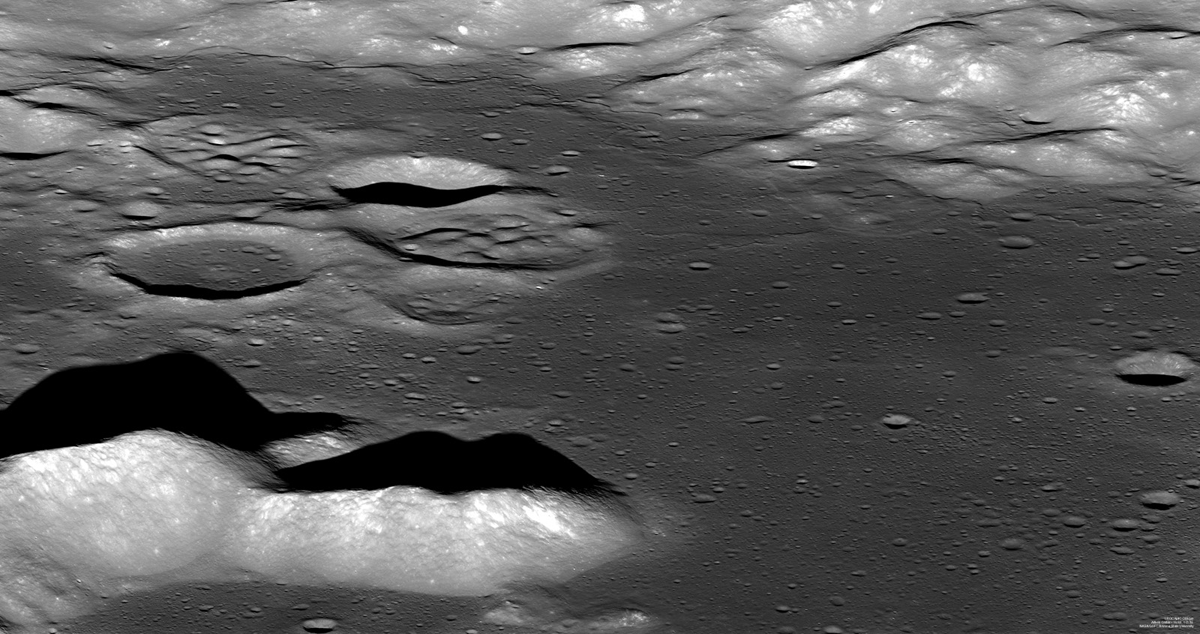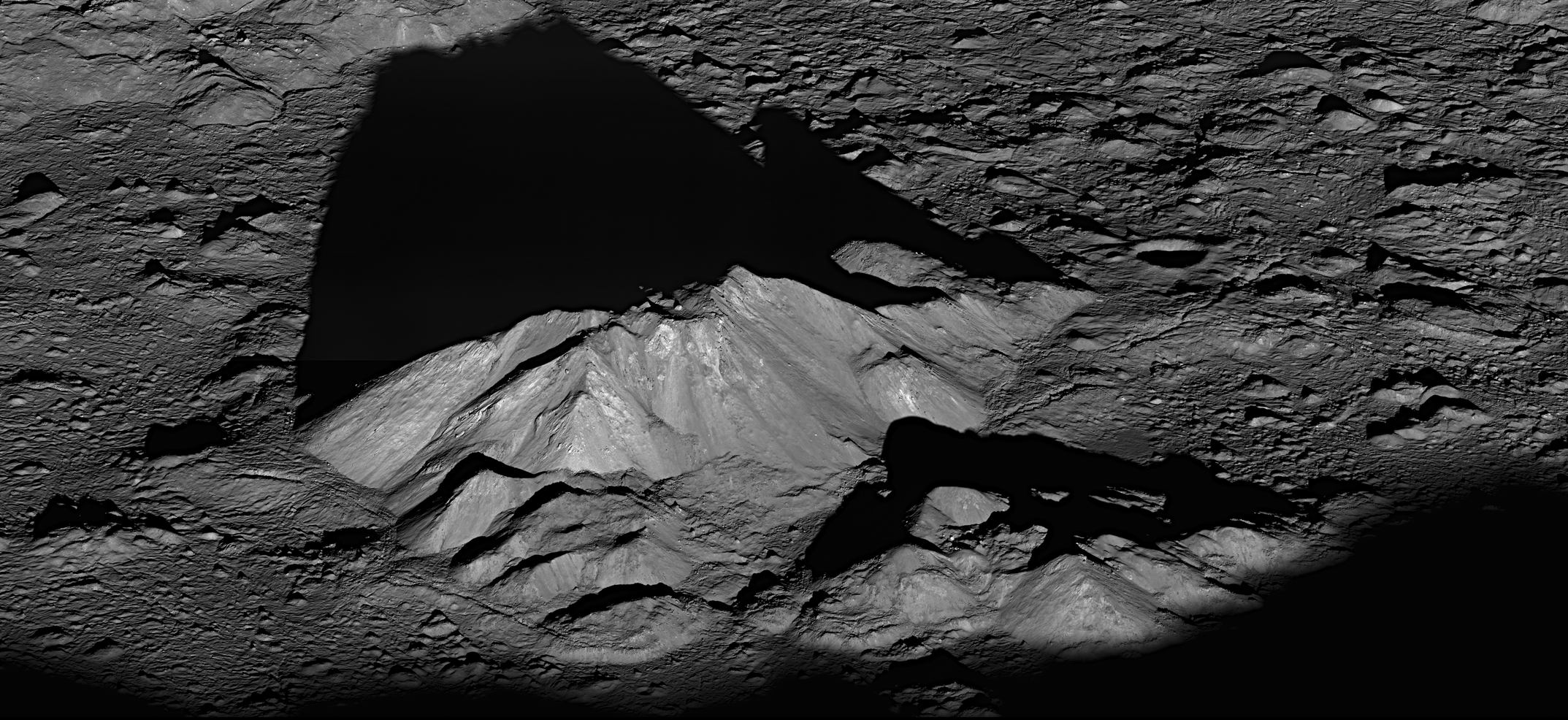Part 2 of Special Targeting: Obliques
Today we continue our tour of Special Targeting on the LROC Uplink team with obliques. An oblique view is any observation where LRO slews more than 30 degrees. A normal oblique for an LROC observation is 50-70 degrees. These obliques are different from our normal slews and extra special because of how much LRO has to move to acquire them. We are only allowed to take one of these every few weeks. When we do take them, they are a coordinated effort with the project and other instruments.
You might be wondering why we would want to take an oblique image. What is wrong with just looking nadir (straight down)? Well, first, obliques are spectacular images. So, we get to see just how beautiful the Moon is. More importantly obliques show a large region at a new perspective. The different perspective helps us better visualize features on the Moon. We are able to capture huge areas in one, high-resolution image. This is useful for determining geologic interactions and for when humans return to the Moon, the more imagery we can get beforehand the better.
So, How do we plan these types of slews? First we pick what we want to image (a crater, mountain, valley, etc). Then we have to figure out when the best time to view it will be and from which direction. If the sun is too low, we might only see dark shadows or worse we might see the Sun. Also if the Sun is too high overhead, then the scene will get washed out. We need to have some shadows so that we can perceive distance and height. The length of the shadows and the size of the region are also controlled by the slew angle. A large slew will decrease the apparent size of the shadows and cover more area (at lower resolution).
Let's assume that we picked the feature, slew angle and time. Now we need to check with the project, to get an okay on making LRO roll that far. They will need to make sure that we do not interfere with any of the other instruments. These obliques can take 30 minutes to complete, which is half of a dayside orbit. So, they can really effect the other instruments' observations. Also, since the spacecraft has to move so much the project needs to verify that this will not cause thermal problems or power issues. In nominal operations the project is very careful to keep the Sun from shining on certain parts of the spacecraft. During these maneuvers they want to also keep the Sun off these, to keep us from heating up too much.
Once the project clears all the timing, thermal, and the power, then we can move forward on acquiring the oblique. At this point we will spend some time fine-tuning the timing and slew angle to ensure that we get the composition exactly like we want it. Then away we go! The final result is an absolutely stunning image of the Moon.
Images like these remind me how amazing my job is. We are controlling a camera in another world. It is over 200,000 miles away and covering a mile on the Moon every second. These images get me eager to send people back to the Moon. I don't know about you, but when I see that view of Tycho I really want to go climb that mountain.
Published by Christian Alf on 8 September 2011

